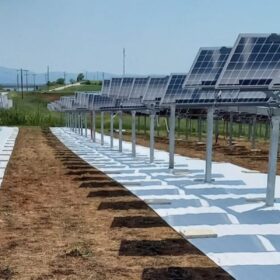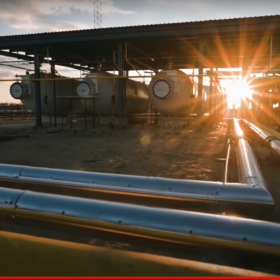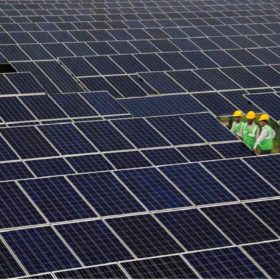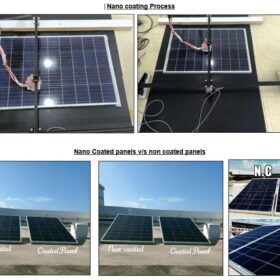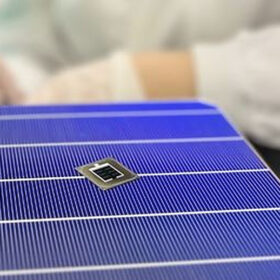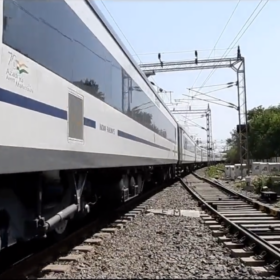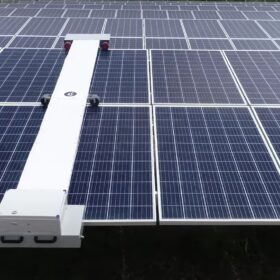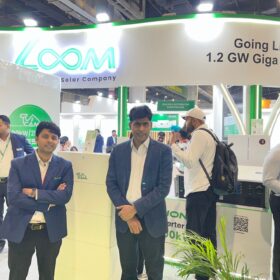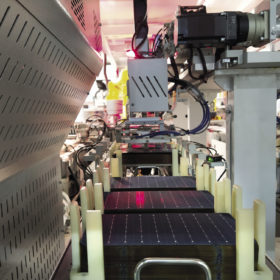New high-performance anode material for lithium-ion batteries
Indian researchers have synthesized an amorphous manganese dioxide-modified iron oxyhydroxide ternary composite as an anode material for lithium-ion batteries. The ternary composite anode exhibited stable cycling performance at high rates.
Developer using membranes to increase bifacial solar module yield by 6.4%
Germany-based Solar Kapital has used membranes at three of its PV plants in Greece. It claims that the payback time of the new solution is relatively short.
Govt releases incentive guidelines for green hydrogen, electrolyzer production
The Ministry of New and Renewable Energy (MNRE) has notified the guidelines for its incentive schemes to promote the domestic production of green hydrogen and electrolyzers.
Avaada Group closes $1.3 billion funding round
The integrated energy company has closed $1.3 billion in financing for its green hydrogen, green methanol, green ammonia, solar manufacturing, and renewable power generation ventures.
New nanocoating to improve solar module output
India’s TriNANO Technologies has developed a nanocoating for solar modules that reportedly increases the panel’s power generation by up to 4% owing to its light trapping, anti-reflection and self-cleaning properties. It also lowers the panel temperature by 2-3 degrees Celsius compared to non-coated panels.
All solar cell efficiencies at a glance – updated
The research group led by Professor Martin Green has published Version 62 of the solar cell efficiency tables. There are 21 new results reported in the new version, a record number for the Tables.
India’s first hydrogen train to run on Jind-Sonipat route
Indian Railways plans to run 35 hydrogen trains on various heritage and hill routes in India.
‘Oversupply is a natural challenge to our industry,’ says Trina Solar official
Helena Li, president of Trina Solar’s global cell and module business, spoke to pv magazine at the recent SNEC trade show in Shanghai about the PV industry’s oversupply challenge. Li said the company is considering opening a factory in Europe and expressed optimism about future cost and price declines.
India’s Sleepwalkers unveils dry-cleaning robotic device for solar panels
Sleepwalkers has introduced an automated robotic device for solar panel cleaning that doesn’t require an additional rail system as it can move on the aluminum frame of the panels.
Keep your solar cells dry
Scientists in Norway used various imaging and characterization techniques to analyze the cells and other components of silicon PV modules that had been installed in the field for more than 10 years. The group’s aim was to isolate the role of moisture in various mechanisms that cause performance loss over time, and to understand how these mechanisms progress over long-term installation in real outdoor conditions.

